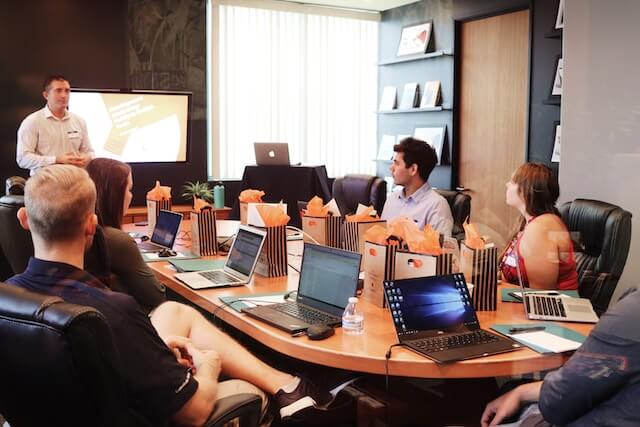Paul Rose, Knowledge Manager, Employee Central
“Higher levels of user adoption enable organizations to achieve stronger value from the solutions for both employees and the organization.” Source: Cedar Crestone’s 2013-2014 HR Systems Survey
The true measure of a new HCM application is the user adoption levels achieved throughout an organization. There are seven crucial strategies for consideration that will lead to increased adoption levels.
Strategy 1: Develop a clear and meaningful communication plan.
Companies need to develop an appropriate communications strategy to engage and support end users. Potential end users should be kept informed throughout the project phases and stakeholder expectations should be defined during the implementation phase. Employees will be interested to find out “what is in it for me.” For example, a clear explanation should be provided that employee self-service data is linked with payroll and that accurate information is required to ensure proper and timely pay.
Strategy 2: Engage and key stakeholder groups in the application.
Employees should be given the opportunity to assess the new HCM technology. Project leaders should seek out opinions and recommendations of key stakeholder groups as the technology will be valueless unless user adoption levels are high. For example, if rolling this technology out to factory employees, it will be essential that these employees are comfortable with the application and have ready access to computers. In some cases, your organization may want to adopt a different engagement strategy for key stakeholder groups.
Strategy 3: Keep the application simple and attractive
The application should be easy to navigate and not require a company to invest substantial resources and time on training sessions. The employee self-service aspect should be straightforward for those casual users who are not logging into the system on a regular basis. Mobile functionality must be considered and enabled also to allow employees to have flexibility in terms of system usage. The innovative, cloud HCM technologies that have flourished in recent years all have exceptional mobile capabilities.
Strategy 4: Develop user friendly training documentation.
Implementation partners commonly provide customers with detailed, generic system documentation which is a strong starting point for project team members. Organizations should strive to create company specific documentation that will truly enlighten employees as to the way the system should be used. A key facet here is that the process considerations can be amalgamated into these training documents. This is an optimal approach as it provides complete transparency over the company’s HCM infrastructure. For example, recruiting processes should include orientation to the application as well as general process flows for steps that happen outside the application (e.g., interviews). It is vital that additional educational resources around the system are available such as recorded webinars that may support the documentation and provide more visibility.
Strategy 5: Support managers in self-service aspects of the application.
Manager Self-Service (MSS) plays a pivotal part in cutting edge cloud technologies. In the past, HR may have been tasked with administering and managing the majority of employee data and reporting. The design of the system should be set up to facilitate easy administering of the application and user friendly, concise reporting capabilities so that managers can maximise employee performance. Dashboards with performance forms are one area that can be such a nice win for managers to summarise information in an efficient manner.
Strategy 6: Track adoption levels and user satisfaction
Adoption levels may provide insight as to additional training and development that is needed in a certain location or department. If there is the opportunity to gain feedback on end-user satisfaction, then improvements in the system will make the process a more seamless one for HR, manager and employee. For example, there may be an extra approver in a promotion workflow that is not necessary. In this case, the workflow could be adjusted so that the relevant stakeholder receives an email notification instead.
Strategy 7: Celebrate project milestones.
Organizations must share all the successes connected with the new system. In this way, confidence around the new application is assured and it will customarily make it easier for the company to roll out similar projects. A good e example may be an organization who has introduced a talent management system where every user needs to complete a career development form. It may be appropriate to share the percentage of users who successfully completed this process.
Conclusion
A comprehensive, considered user adoption strategy will positively impact on the likelihood on the success of a new system. Early engagement and collaboration with end users can allow the organization’s HCM team to tailor the new solution to fit the needs of the end user.




